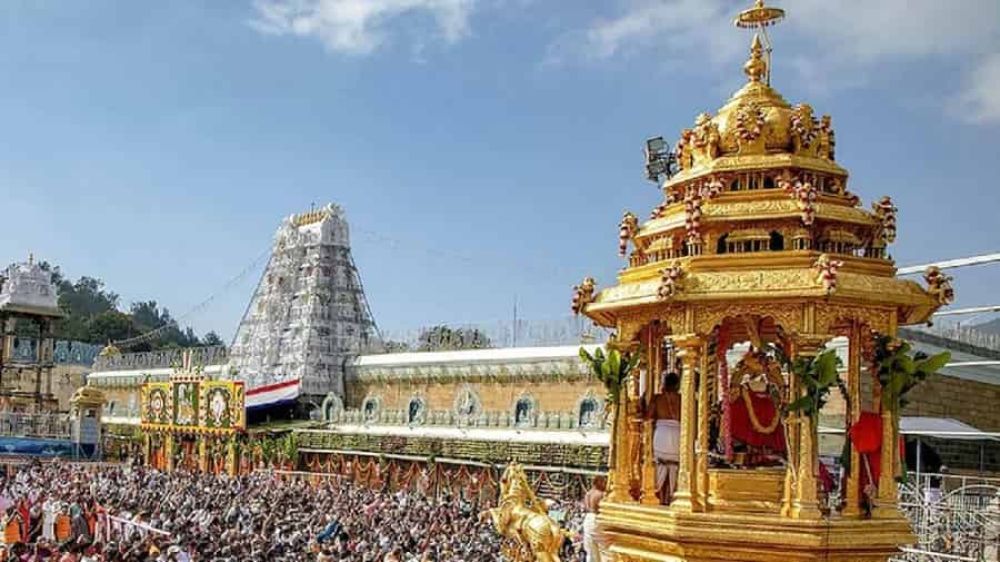When you think about mountain trekking, the Caucasus might not be the first destination that comes to mind. Yet, this majestic region, stretching between the Black and Caspian Seas, offers some of the most breathtaking trekking routes in the world. The Caucasus is a treasure trove of natural beauty, cultural richness, and adventurous trails. Whether you are a seasoned trekker or a beginner, the Caucasus has something for everyone. And for those who enjoy diverse travel experiences, combining your Caucasus adventure with Marrakech day trips can add an extra layer of excitement to your journey.
Introduction to the Caucasus Region
The Caucasus region is a land of dramatic contrasts, featuring snow-capped mountains, lush valleys, and ancient cultural heritage. It is divided into two main parts: the Greater Caucasus in the north and the Lesser Caucasus in the south. This region encompasses parts of Russia, Georgia, Armenia, and Azerbaijan. Each country offers unique trekking experiences, with landscapes and trails that will leave you in awe.
Svaneti, Georgia: A Trekker’s Paradise
Svaneti, located in the northwestern part of Georgia, is often referred to as a trekker’s paradise. This region is home to some of the highest peaks in the Caucasus, including Mount Shkhara and Mount Ushba. The Svaneti trekking routes are famous for their medieval watchtowers, picturesque villages, and glacial landscapes.
Highlights:
- Mestia to Ushguli Trek: This four-day trek takes you through stunning alpine meadows, past ancient Svan towers, and offers panoramic views of the Caucasus Mountains.
- Chalaadi Glacier: A shorter trek that rewards you with close-up views of the Chalaadi Glacier and the wild beauty of the Svaneti region.
Kazbegi, Georgia: The Iconic Mount Kazbek
Kazbegi, also known as Stepantsminda, is another must-visit trekking destination in Georgia. The iconic Mount Kazbek, one of the highest peaks in the Caucasus, dominates the landscape. The area is rich in history and natural beauty, making it a perfect spot for trekkers.
Highlights:
- Gergeti Trinity Church: A relatively easy trek that leads to the famous church, perched on a hilltop with Mount Kazbek as a backdrop.
- Truso Valley: A trek through this valley will take you past mineral springs, ancient towers, and stunning mountain scenery.
Mount Elbrus, Russia: The Highest Peak in Europe
Mount Elbrus, located in the Western Caucasus, is the highest peak in Europe and a popular destination for trekkers and climbers. Standing at 5,642 meters, it offers a challenging but rewarding trekking experience.
Highlights:
- Climbing Elbrus: While climbing to the summit is a demanding task, there are easier trekking routes on the lower slopes that offer spectacular views and a sense of adventure.
- Baksan Valley: A scenic trek through this valley provides an excellent introduction to the stunning landscapes of the Western Caucasus.
Tusheti, Georgia: Remote and Untouched
Tusheti is one of the most remote and unspoiled regions in Georgia. Accessible only by a rugged mountain road, it offers trekkers a unique opportunity to explore pristine landscapes and traditional Tushetian villages.
Highlights:
- Omalo to Shatili Trek: This multi-day trek takes you through remote villages, high mountain passes, and breathtaking scenery. It’s a journey back in time, where you can experience the traditional way of life.
- Tusheti National Park: A haven for nature lovers, with diverse flora and fauna, and numerous trekking routes to explore.
The Greater Caucasus Range: A Trekker’s Dream
The Greater Caucasus Range offers some of the most challenging and rewarding trekking routes. This mountain range stretches from the Black Sea to the Caspian Sea and is home to several of the highest peaks in the Caucasus.
Highlights:
- Bezingi Valley, Russia: Known for its dramatic scenery and challenging routes, Bezingi Valley is a trekker’s dream. It offers trails that lead to some of the highest peaks, including Mount Shkhara and Dykh-Tau.
- Roshka to Juta, Georgia: A popular trekking route that takes you through alpine meadows, past crystal-clear lakes, and offers stunning views of the Chaukhi Massif.
The Lesser Caucasus: Hidden Gems
The Lesser Caucasus might not be as well-known as the Greater Caucasus, but it offers equally stunning trekking opportunities. This region spans parts of Armenia, Georgia, and Azerbaijan.
Highlights:
- Dilijan National Park, Armenia: Known as the “Switzerland of Armenia,” this park offers lush forests, serene lakes, and well-marked trekking trails.
- Lake Sevan to Haghartsin Monastery, Armenia: A scenic trek that combines natural beauty with historical sites, leading you to the beautiful Haghartsin Monastery nestled in the forest.
Adventure in Azerbaijan: The Guba Region
Azerbaijan might not be the first place you think of for trekking, but the Guba region offers some fantastic routes. This area is known for its lush landscapes, ancient villages, and the stunning Tenghizbashi Mountains.
Highlights:
- Xinaliq Village: One of the highest and oldest villages in the Caucasus, Xinaliq offers unique cultural experiences and access to beautiful trekking routes.
- Qechresh Forest: A trek through this forest will take you to waterfalls, caves, and panoramic viewpoints.
Safety and Preparation Tips
Trekking in the Caucasus can be an exhilarating experience, but it’s important to be well-prepared. Here are some safety tips to keep in mind:
- Weather: The weather in the Caucasus can be unpredictable. Always check the forecast and be prepared for sudden changes.
- Guides: Hiring a local guide can enhance your trekking experience and ensure your safety, especially on more challenging routes.
- Equipment: Make sure you have the right gear, including sturdy trekking boots, warm clothing, and a reliable map or GPS device.
Conclusion
The Caucasus region is a hidden gem for trekkers, offering a diverse range of routes that cater to all levels of experience. From the towering peaks of Mount Elbrus to the remote valleys of Tusheti, the Caucasus promises adventure, beauty, and a deep connection with nature. Whether you seek challenging climbs or leisurely treks through picturesque landscapes, the Caucasus will not disappoint. Pack your bags, lace up your boots, and get ready to explore some of the best mountain trekking routes in the Caucasus. Happy trekking!


